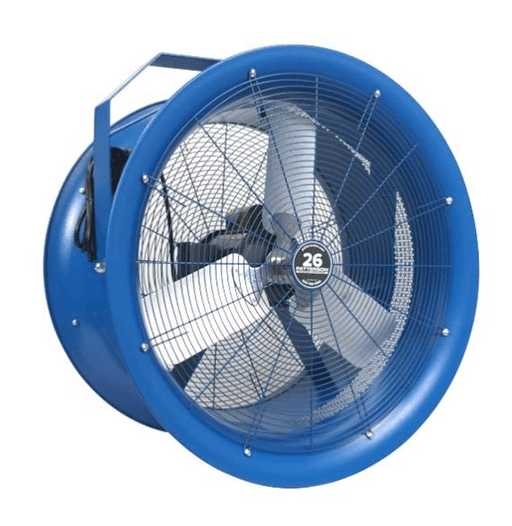
Figure 1: Heavy-Duty Velocity Fans – Industrial Barrel & Turbo Fans.
In construction machinery, fans are an important noise source. The cooling of the machine requires a lot of airflow, which directly causes the fan to generate high noise. For any fan, we need to set the air inlet and air outlet on the casing of the construction machinery, but the noise insulation performance of these positions is basically zero. That is, the noise can be transmitted to the outside world directly through the air path. In some machines, fan noise can account for 70-80% of the total noise. Therefore, noise control for fans is extremely important.
There are generally three methods, which will be introduced as follows.
1. Change the Parameters of the Fan
One of the most intuitive ways to reduce fan noise is to change some parameters of the fan. For fans, the most important parameter is static pressure. Thus, by changing the static pressure, the efficiency of the fans can be improved. In this case, the speed of the fan can be effectively reduced, and the noise can also become lower.
2. Change the Properties of Fan Blades
The second way to reduce noise is to change the properties of the fan blades (for example, number of blades, tip clearance between blades and fan cover, blade chord length, wake width of the trailing edge, leading and trailing edges of serrated fans). These geometrical modifications mainly optimize the aerodynamics of the fan to reduce noise in terms of the mechanism of noise generation. Specific practices include:

Figure 2: ARCTIC 7-Blade Industrial Fan, 7 Blades with 70" Sweep, Energy Star Rated, 1070W-WW-WW-WC.
2.1 Change the Tip Vortex
When the blades of industrial large fans are rotating, the pressure difference between the pressure surface of the blade tip and the suction surface will cause the air flow on the pressure surface to bypass the blade surface and flow into the suction surface. This disrupts the 2D flow situation of the tip and also creates tip vortices.
The tip vortex is one of the main sources of aerodynamic noise of industrial large fan blades. Noise can be reduced by installing winglets and flaps at the tip of the blade. Winglets at the tip of the blade suppress the generation of turbulence and vortices. By optimizing the shape and installation angle, the flap can capture and guide the vortex airflow, weaken its vortex strength, improve the aerodynamic performance of the blade, and reduce operating noise.
2.2 Fan Blade Damping Treatment
Most of the blades of industrial large fans are hollow and thin-walled structures. It is recommended to perform partial or complete free damping treatment in the interior of the shell from the rear end to the tip of the blade with severe vibration. The interaction between the vibration wave and the damping material or damping structure consumes energy, so as to achieve the effect of damping blade vibration and reducing noise.
2.3 Change the Shape and Chord Length of the Fan Blade
Appropriately reduce the chord length of the blade root section without affecting the performance of the fan. The noise produced by a fan blade generally increases with increasing blade tip chord. It is recommended to reduce the tip chord length appropriately to reduce noise. In order to ensure that the power does not drop, increase the area of the blade from the middle to the middle rear area.
3. Add a Silencer or Sound Baffle

Figure 3: Industrial fan silencer.
A third method of fan noise reduction is to add silencers or sound baffles to the inlet and outlet passages. Although this will affect the pressure drop of the airflow channel and reduce the efficiency of the fan, it is extremely effective in reducing the noise of the fan.
Related Info
Guides to Choose a Thermostatic Expansion ValveComparisons between the Electronic Expansion Valve and the Capillary Tube
6 Common Electric Motor Failures and Solutions
What is an Industrial Fan?
How to Install an Industrial Exhaust Fan?


